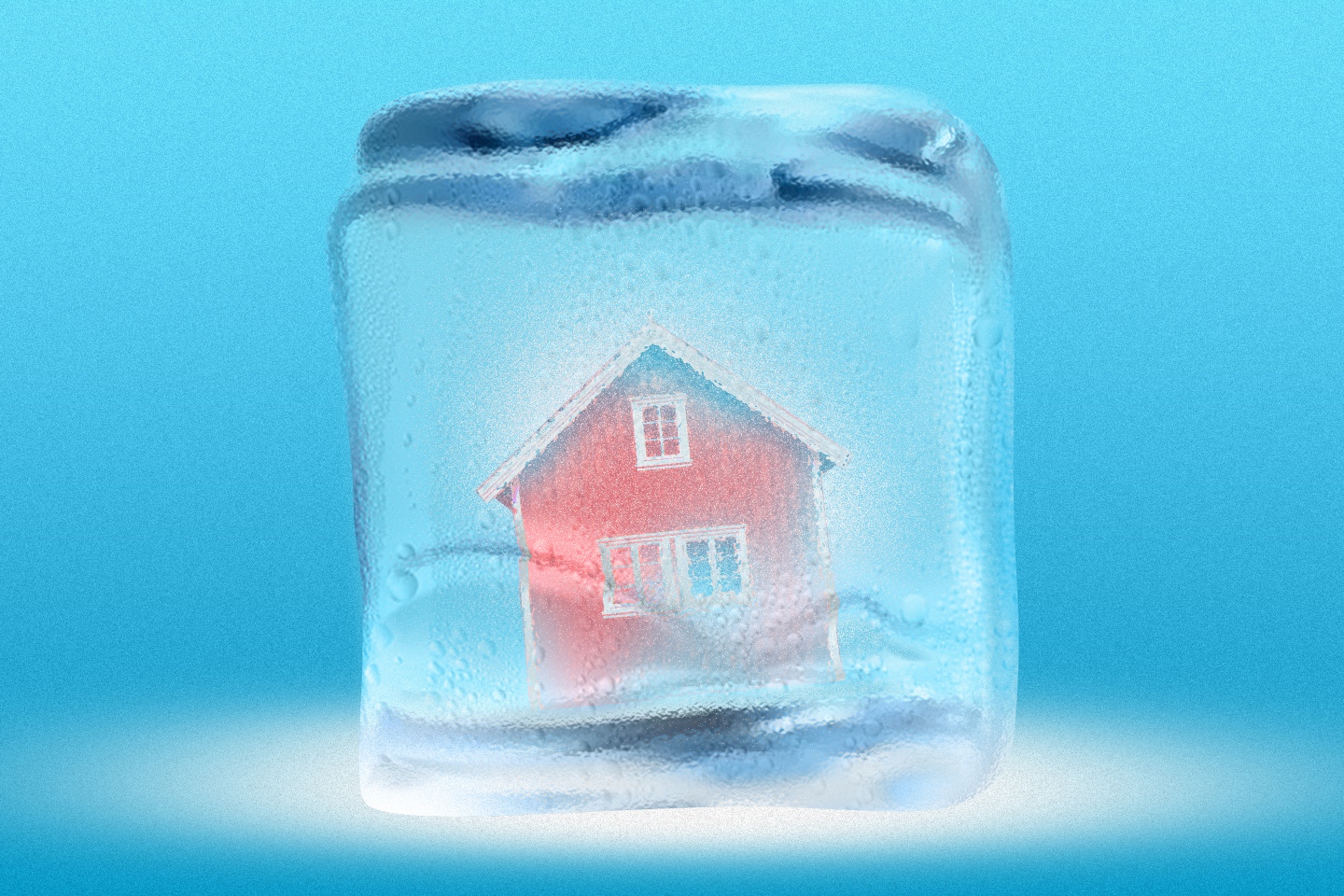In June 2022, Fed Chair Jerome Powell told reporters that homebuyers needed something of a “reset”—and that the Fed’s interest rate hiking campaign would deliver it.
It’s easy to see why Powell was concerned: At the height of the Pandemic Housing Boom, in the spring of 2022, the year-over-year growth rate for U.S. home prices hit a record 20.8%. In total, U.S. home prices as measured by the Case-Shiller National Home Price Index rose 43.3% between March 2020 and June 2022.
“When I say reset, I’m not looking at a particular specific set of data,” Powell told reporters in September. “What I’m really saying is that we’ve had a time of a red-hot housing market all over the country, where famously houses were selling to the first buyer at 10% above the ask even before seeing the house. That kind of thing. So there was a big imbalance between supply and demand. Houses were going up at an unsustainable fast level. So the deceleration in housing prices that we’re seeing should help to bring prices more closely in line with rents and other housing market fundamentals.”
Fast-forward to Tuesday, and we just learned that U.S. home prices, as tracked by Case-Shiller, fell 0.5% on a year-over-year basis between May 2022 and May 2023. What does that tell us? Well, not only did spiked interest rates put a halt to the pandemic housing boom, they also successfully froze national home prices for an entire year.
For homebuyers, the cooling of national home price growth provided some reprieve from the intense competition and soaring prices they had encountered during the market’s peak. This period of stagnation has allowed some buyers to explore their options more thoroughly and make more deliberate choices.
While U.S. home prices are down 0.5% on a year-over-year basis, on a month-over-month basis, prices rose throughout the first half of 2023.
According to the Case-Shiller index, U.S. home prices rose 1.2% between April 2023 and May 2023. That follows the 1.3% uptick between March 2023 and April 2023.
Keep in mind these month-over-month increases are occurring during the U.S. housing market's seasonally strong part of the calendar year. As data begins to roll in for the seasonally softer second half of the year, month-over-month declines could reappear.
Speaking to CNBC last week, economist Robert Shiller suggested just that, saying "part of what's happening in the increase in home prices is just seasonal, it's the summer and it's typically going up in the summer."
Keep in mind that the Case-Shiller National Home Price Index measures repeat sales of single-family homes across the entire country.
And while U.S. home prices are down 0.5% on a year-over-year basis, some markets are down much more—or not at all. Among the 20 major housing markets that Case-Shiller individually breaks out, 15 markets are down year over year. That includes places like Seattle (-11.25% on a year-over-year basis), San Francisco (-11.05%), Las Vegas (-7.76%), Phoenix (-7.62%), and Portland, Ore. (-5.05%).
Those home price declines—which are concentrated in the West—shouldn't come as a surprise. After all, Powell did warn us that getting the housing market back into "balance" would mean that "the housing market [would] have to go through a correction to get back to that place."
In the chart below:
MoM (month-over-month) = house price change between April 2023 and May 2023
YTD (year to date) = house price change between December 2022 and May 2023
YoY (year-over-year) = house price change between May 2022 and May 2023
Want to stay updated on the U.S. housing market? Follow me on Twitter at @NewsLambert.
